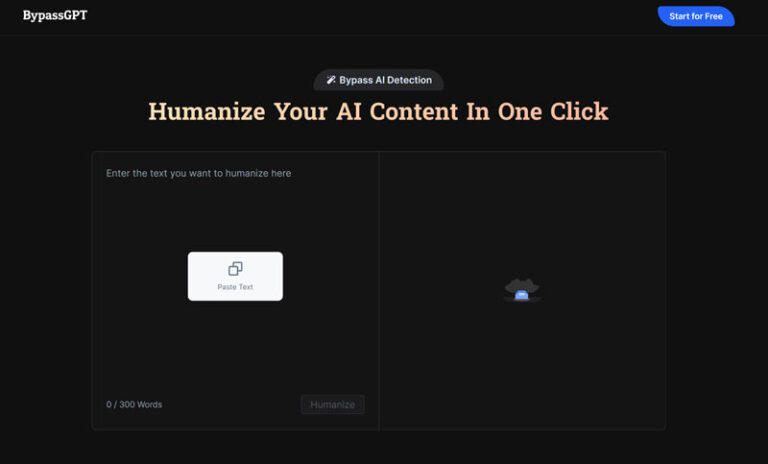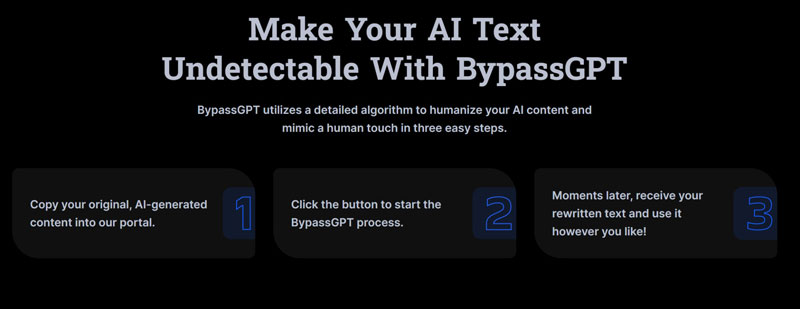In an increasingly technology-driven world, the use of artificial intelligence (AI) is pervasive. One aspect that has drawn significant attention is ChatGPT, a language model developed by OpenAI. This innovative technology has brought a paradigm shift in how businesses interact with customers, how teachers educate students, and even how we interact with our digital devices.
However, as remarkable as the ChatGPT is, there are detection systems that prevent it from generating certain content or activities. This necessity for content regulation, in turn, has sparked interest in how to bypass ChatGPT detectors.
Understanding the ChatGPT
Before diving into the workarounds to bypass these detectors, let’s first understand what exactly is ChatGPT. Imagine a digital tool that has a remarkable understanding of human language – one that can compile news, summarize reports, answer queries, and even create convincingly human-like text. That’s ChatGPT.
This AI language model uses machine learning techniques to generate human-like text. It responds to prompts entered by a user and produces relevant replies, making it a useful tool for a variety of applications. However, it is not without its limitations.
In the realm of responsible AI usage, the incorporation of AI detectors is crucial. These detectors play a vital role in identifying and addressing potential issues related to AI-generated content. If you’re interested in learning more about AI detectors and their significance, you can explore the insights provided by AI detectors. This resource offers valuable information on comprehending and responsibly navigating the landscape of AI detectors.
The Limitations of ChatGPT
ChatGPT has been designed to err on the side of caution, refusing to generate certain types of content that could be potentially harmful or controversial. These limitations have been deliberately installed as safeguards, including filters based on certain themes and input-specific controls. While these are fundamental to ensure responsible AI use, there are instances where users may need to circumvent these barriers.
The Need to Bypass ChatGPT Detectors
The desire to bypass ChatGPT detectors isn’t always about malpractice or the quest for unfiltered communication. In some scenarios, these detectors can interfere with the AI’s genuine utility. For instance, academic or scientific research may involve themes that the model’s filters tend to block, hence disrupting the effectiveness of the tool.
On the other hand, creative writers using the model might encounter limitations that prevent the exploration of certain plot elements. In such cases, bypassing these detectors allows for the full potential of ChatGPT to be harnessed. The question is, how is this achieved?
Ways to Bypass ChatGPT Detectors
Bypassing these detectors involves various techniques and approaches, some of which require a deeper understanding of the AI mechanism itself. However, AI-based solutions have also been developed which simplify the bypass process, making it possible even for non-technical users to bypass ChatGPT detectors.
BypassGPT
BypassGPT is an effective solution. This is an AI model trained specifically to bypass detection systems. It recreates the original concept but presents it in a way that the detectors won’t flag.
Using Paraphrasing Techniques
One way to bypass the ChatGPT detectors is through paraphrasing. By rewording and reconstructing the content, you can preserve the underlying concept while avoiding the triggers that alert the detector.
While this approach requires a deep understanding of the language and its manipulations, it can prove effective in navigating through the limitations set.
Relying on Content Rewriters
An alternative approach to the manual paraphrasing process is employing AI-based content rewriters. These tools rewrite your text in a way that retains the original message but changes the wording. It allows you to input text for special purposes, and then output a version that the language model will accept.
A great example of such a tool is BypassGPT. To get a more comprehensive understanding, you can check out this BypassGPT review. It dives into the specifics and explains how BypassGPT can bypass ChatGPT detectors effectively – a fascinating and informative read.
While learning how to bypass ChatGPT detectors can be a necessity for some users, it’s crucial to maintain ethical reasoning. The limitations and detectors are put in place for a reason, and bypassing them should only be practiced for legitimate purposes.
Any technology can be a double-edged sword; its usage can bring immense benefits, but misuse can lead to unforeseen harm. Making sure that we use such advances responsibly is imperative to ensuring the sustainable growth of technology and its impact on our lives.
Conclusion
Artificial intelligence has a transformative impact on our lives. Tools like ChatGPT are reshaping communication, learning, and our interaction with the digital world. And while it has built-in detectors to monitor and regulate the content it generates, there are times when bypassing these becomes necessary – for the right reasons, of course.
As we continue to delve deeper into the world of AI, we must also broaden our understanding of its operations and limitations. Learning to responsibly bypass these detectors marks an advanced level of AI adaptation. This is not just about finding loopholes; it’s about making AI work more effectively for us, while still respecting the parameters set for ethical and responsible use. Always remember: with great power comes great responsibility.



0 Comments